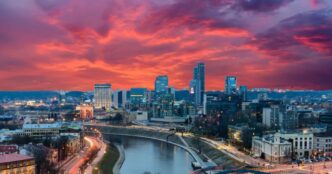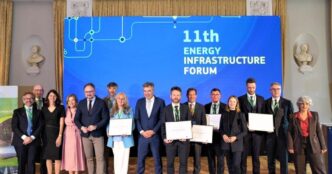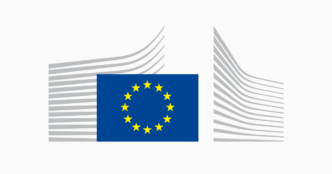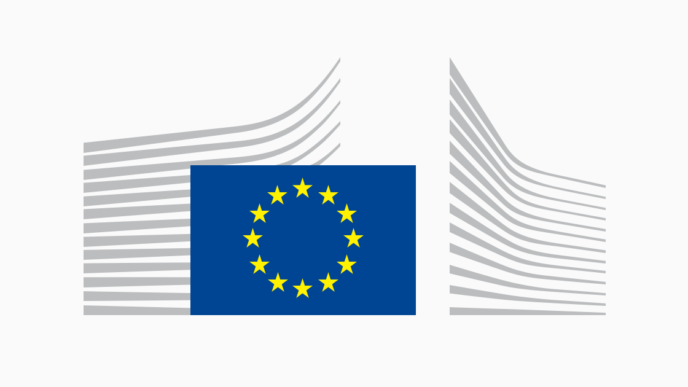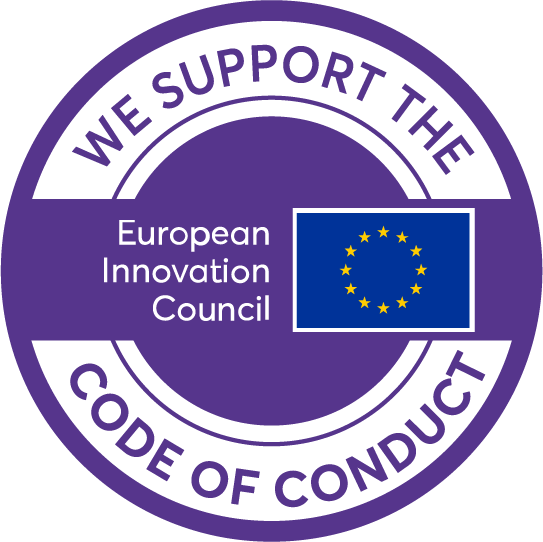Those cities want to show that they do all they can to succeed on the path of a transition towards a greener, cleaner and more sustainable city.
The eligible applicant cities for the European Green Capital Award 2027 with over 100,000 inhabitants, are: Bielsko-Biała (Poland), Chernivtsi (Ukraine), Debrecen (Hungary), Khmelnytskyi (Ukraine), Heilbronn (Germany), Košice (Slovakia), Klagenfurt (Austria), Lviv (Ukraine) Rivne (Ukraine), and Ternopil (Ukraine)
For cities between 20,000 and 100,000 inhabitants, the cities competing for the European Green Leaf Award 2027 are: Assen (The Netherlands), Ávila (Spain), Benidorm (Spain), Cannes (France), Cayenne (France), Riba-roja de Túria (Spain), Saint-Quentin (France), Sant Feliu de Llobregat (Spain), Siena (Italy), and Vratsa (Bulgaria)
Next steps of the competition
Once the applicant cities have been admitted, a panel of seven independent experts will now begin a technical assessment of each application. Each of the seven indicator areas[1] will be assessed and peer reviewed. This will take until June to complete. Individual technical assessment reports will be drawn up and according to these assessments, a shortlist of finalist cities will be announced in the summer of 2025.
The finalist cities will be invited to an international Jury panel on 1-2 October, chaired by the European Commission. The finalists shall present to the Jury their communication strategy along with an action plan on how they intend to fulfil their European Green Capital or Green Leaf year, should the city win.
The European Green Capital and the European Green Leaf city or cities of 2027 will be announced on 2 October 2025 in a festive awards ceremony in Vilnius (Lithuania), the current European Green Capital.
Award prizes
Apart from the commemorative trophy, the European Green Capital winner will receive a financial prize of EUR 600,000. The title of European Green Leaf is awarded to one or two cities and each are granted a financial prize of EUR 200,000. The prize money is intended to support key actions across the seven indicator areas in the city and organise awareness raising events with and for the citizens.
What are the benefits?
Being a European Green Capital or a European Green Leaf brings many benefits long after the designated ‘winner’ year ends. The winners get attention on a European or even international scale plus they create a spirit of optimism in their city, which attracts more investors, more national support and citizens, proud to be part of it.
[1] 1) Air quality 2) water 3) biodiversity, green areas and sustainable land use 4) waste and circular economy 5) noise 6) climate change mitigation 7) climate change adaptation
